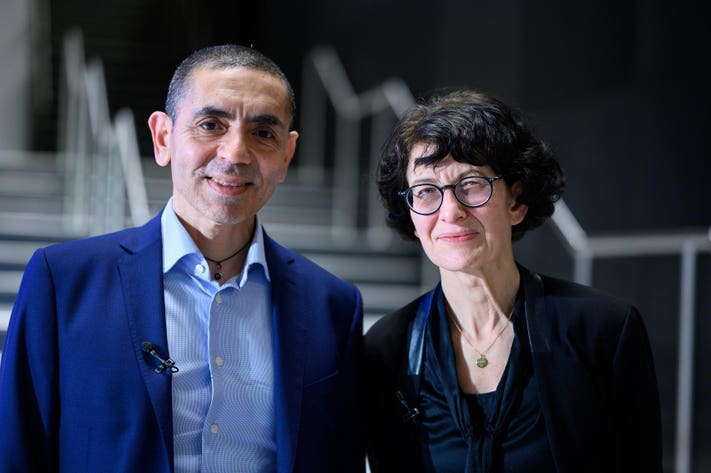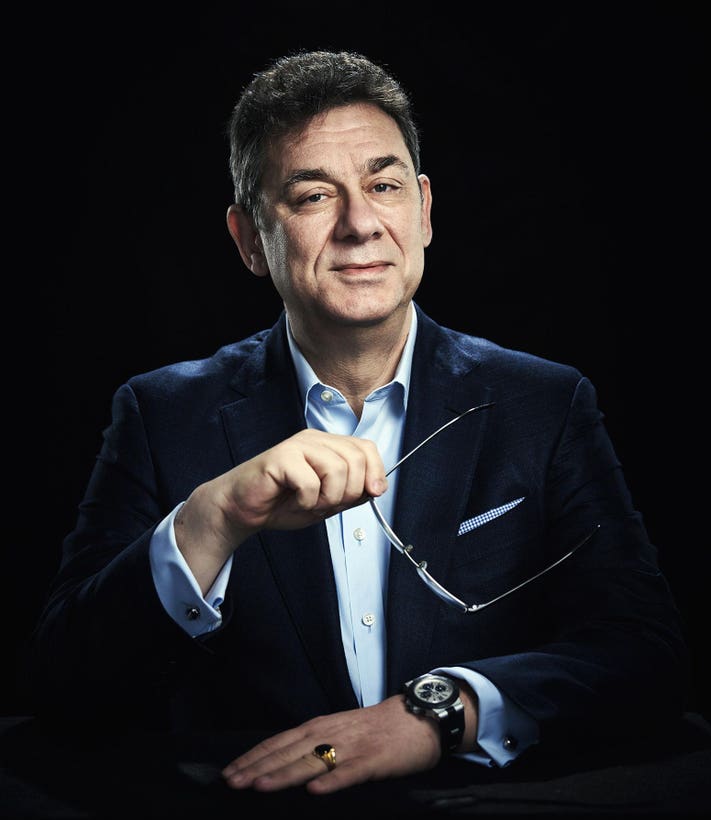Leonard Robert
JF-Expert Member
- Apr 22, 2011
- 11,064
- 7,196
Na CORONA tunahitaji mjadala Kama huu
Hii mada ni moto hasa nimefanikiwa kusoma page zote,lakini bado maswali lukuki hayaishi kichwani!
Na CORONA tunahitaji mjadala Kama huu



Executives at Moderna and Pfizer cashed in on the vaccine, selling shares timed precisely to clinical trial press releases.


A year after Covid showed up in Wuhan, 200 vaccines were in trials or already in use—a world record in vaccine history.
Hiv mkuu Deception bado yupo au kapotea?Mkuu, hii mada ilikuwa hot kinoma noma. Wataalaamu walimwaga nondo humu za hatari.
Lakini, maswali bado ni mengi kuliko majibu. 'Ngwengwe' ina dillema nyingi mno kuliko uhalisia.
-Kaveli-
Mkuu natamani tutumie mtizamo wa miakaKilichoimaliza Africa ni adoption of western life styles and traditions.
Drug industry does NOT create CURE. They create CUSTOMERS.
-kaveli-